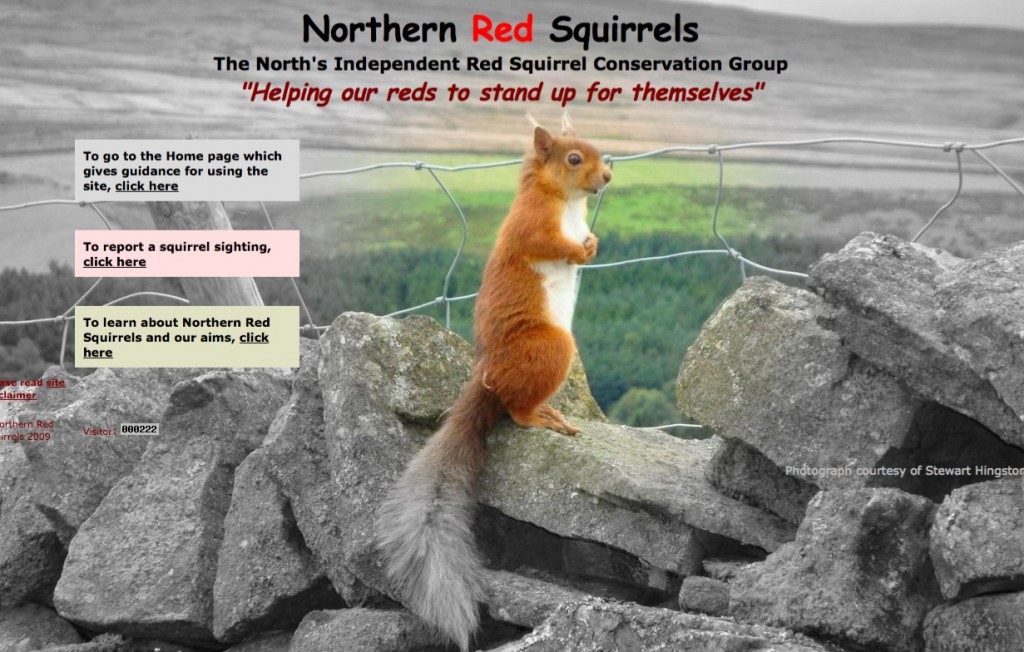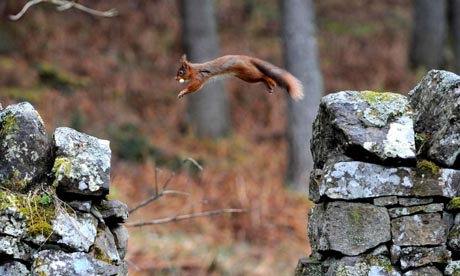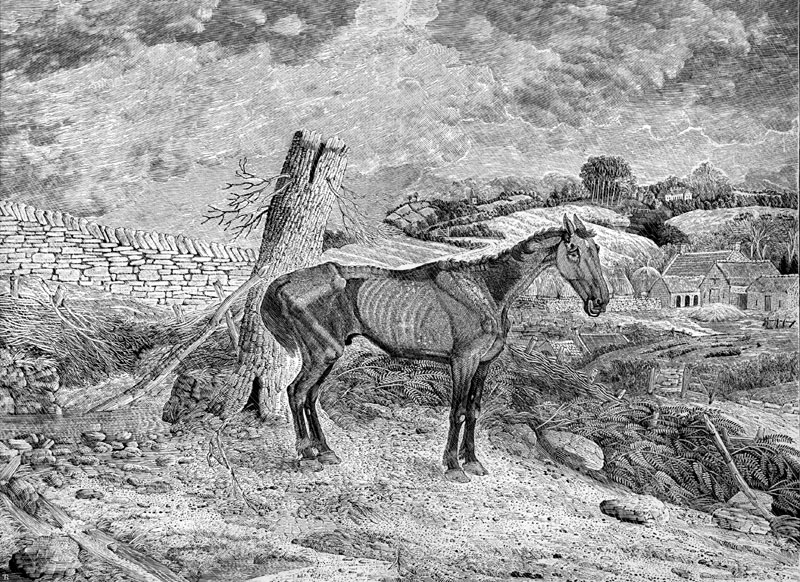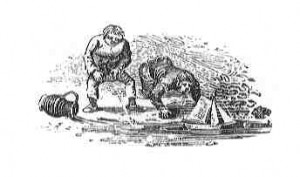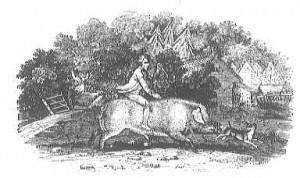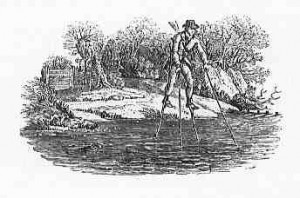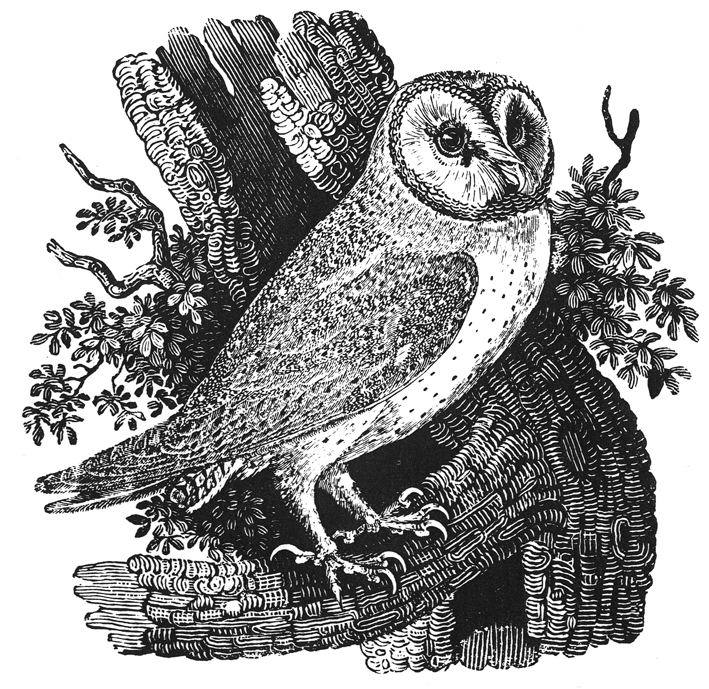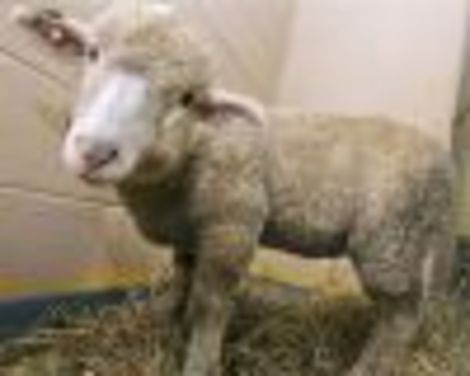The article “The Squirrel Wars,” by D.T. Max, that ran in the NY Times in 2007 on the Red vs Gray struggle has a wonderful mid-section devoted to the House of Lords discussion on the subject. As a perhaps-important underscore, the House has cut hereditary peers’ membership by 90% in the recent decade.
Lady Saltoun of Abernethy, the 21st to hold that title in Scotland…spoke to point out the inherent superiority of the red over the gray squirrel: “Red squirrels,” she said, “are rather like quiet, well-behaved people who do not make a nuisance or an exhibition of themselves or commit crimes and so do not get themselves into the papers in the vulgar way gray squirrels do.” She continued: “Red squirrels do not strip bark from trees; damage arable crops, market gardens and garden plants; dig up bulb and corms from recently sown seed; eat birds’ eggs; or eat telephone wires and electricity cables, as gray squirrels do.” Lady Saltoun suggested some research be done on whether gray squirrels tasted good. She foresaw a fight at the dinner table: “I have a nasty feeling that . . . children in particular would say, ‘Oh, no, I couldn’t possibly eat that,’ just as they say they cannot eat dear little bunny rabbits. But this is worth having a look at.”
The Rt Hon. The Lady Saltoun (née Ms. Flora Fraser, me being a vulgar American) is the only female holder of a lordship of Parliament who has a seat in the House of Lords as an elected hereditary peer. She is the head of the Frasers of Philorth. (thanks Wikipedia). But her comments, while perhaps more focused on etiquette, are not anomalous among the peerage.
Here is Lady Saltoun’s web site.
She has a fantastic genealogy and has written the books “Clan Fraser,” “Lady Saltoun’s Favourite Fish Dishes,” and “Lady Saltoun’s Favourite Puddings.”



